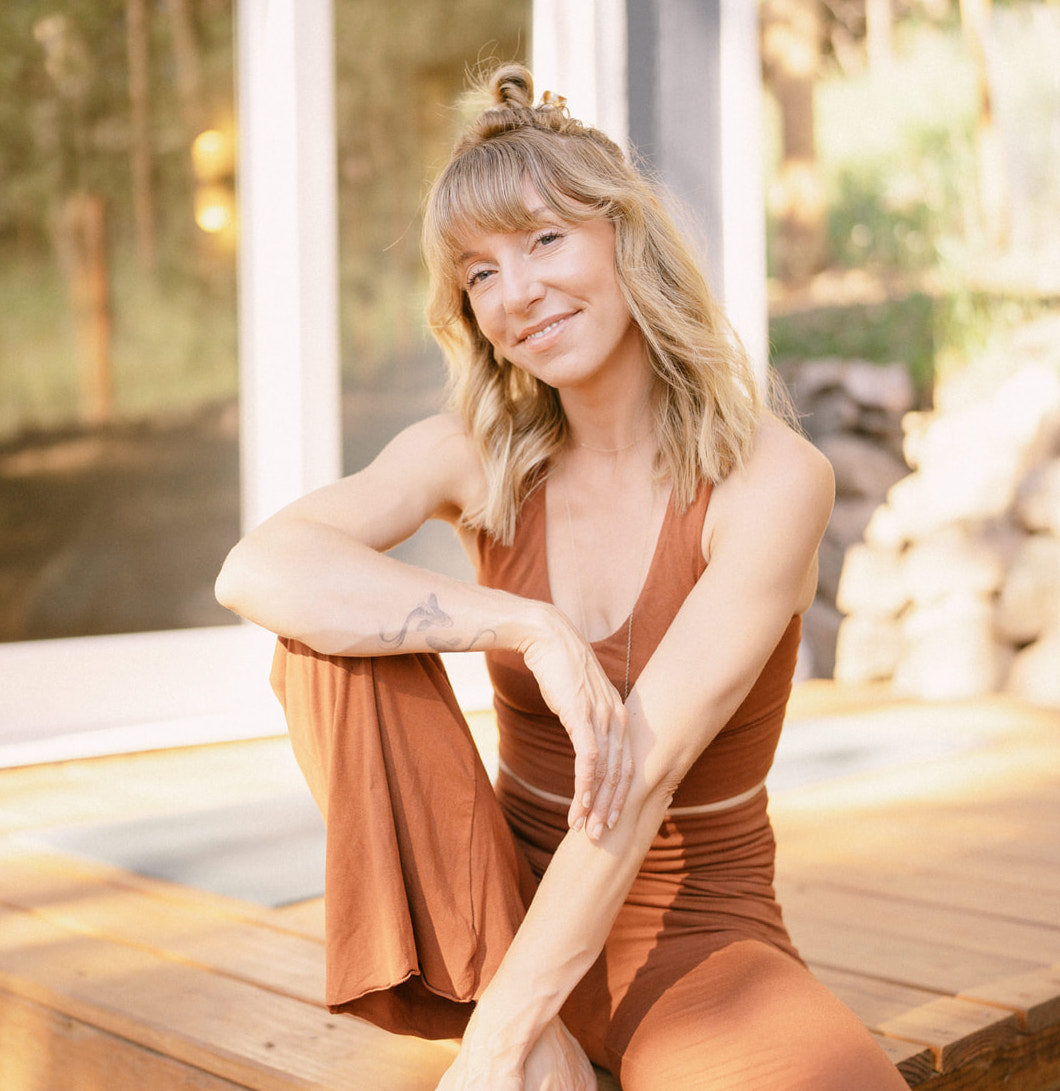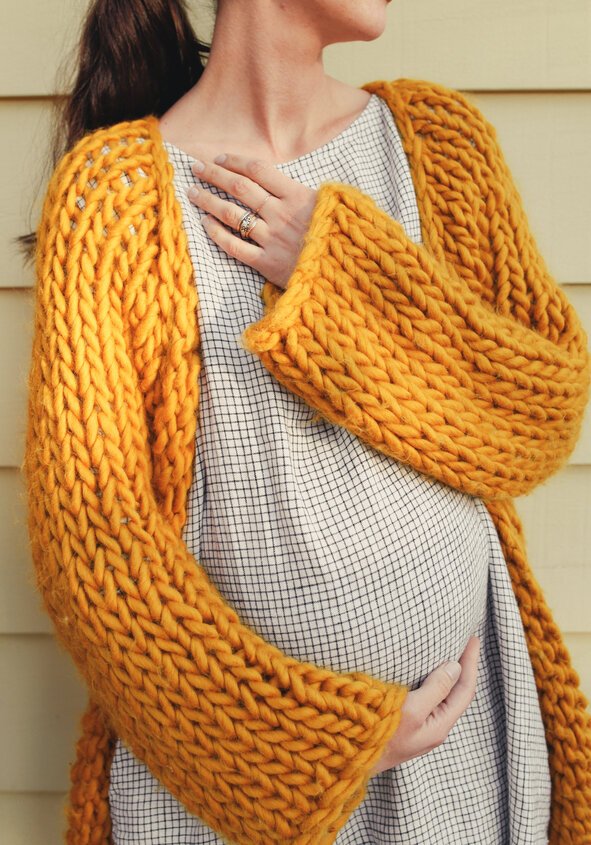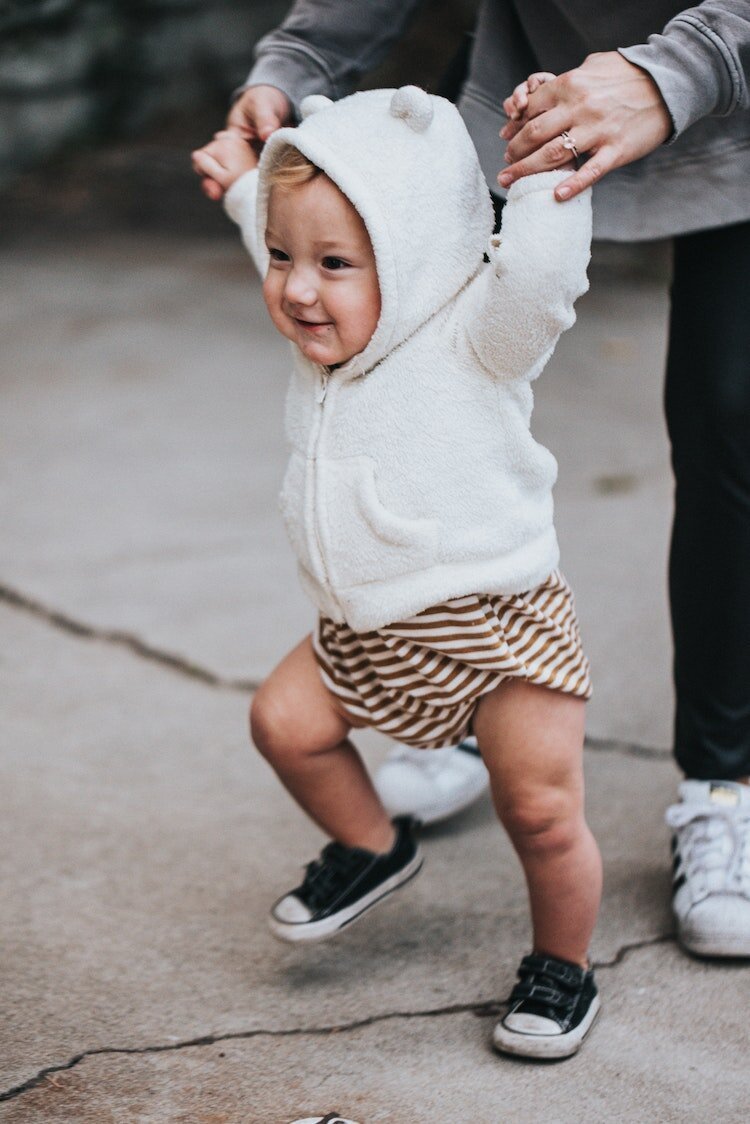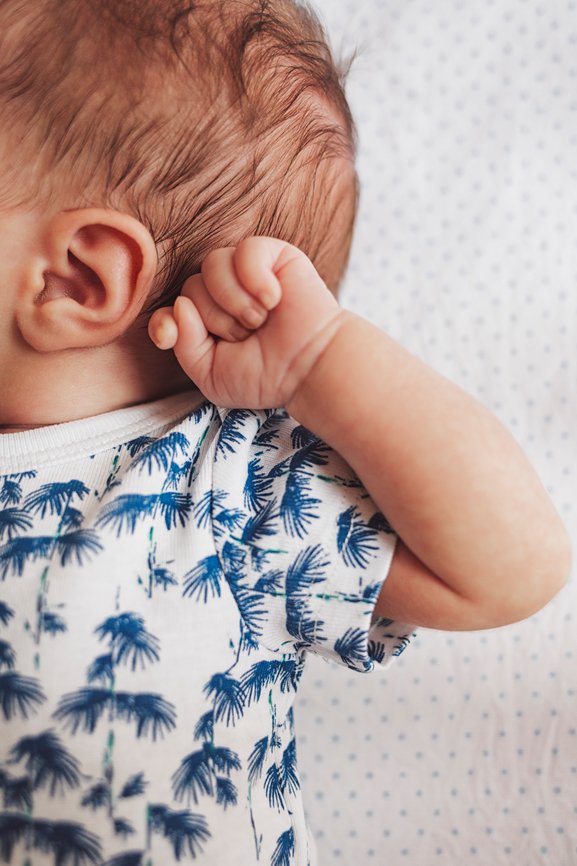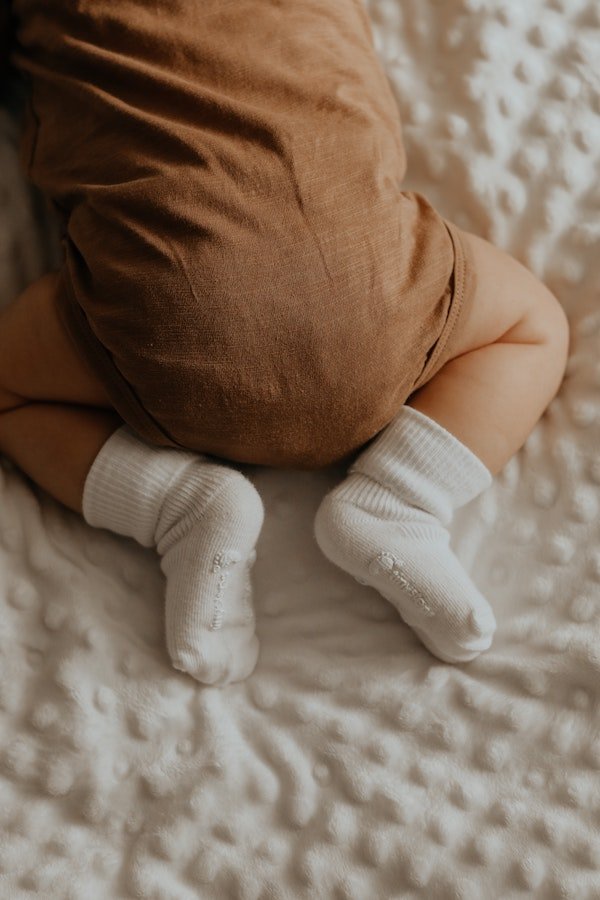
How To Use Elimination Communication To Potty Train Your Baby
Potty Training Without Diapers? Is That Really Possible?
As any parent can attest, the early stages of babies’ lives include a lot of diapers. After all, diapers are a controlled variable, in what feels like a very uncontrollable season.
According to a 2021 report from UN Environment though, diapers may not only be dirty for the person changing them; they’re also dirty for the planet. “Single-use or disposable nappies are one of the biggest contributors to plastic waste globally,” the report explains—and this is partly because a vast majority of diapers are made from environmentally harmful plastics and chemicals.
“The typical baby might use between 4,000 to 6,000 diapers before they’re potty trained.”
Disposable diapers are constructed from Super Absorbent Polymer (SAP)—a petroleum-based product that has been around since the ‘80s to help absorb and traps moisture. The problem is that SAP isn’t biodegradable, and it’s made from tiny crystals that don’t break down safely in a landfill.
Another common chemical found in diapers? Phthalates. This plastic derivative used for softening hard plastic has been raising health concerns in the medical community “due to potential toxic effects to the developing endocrine and reproductive systems, which infants are particularly vulnerable,” explains Juliet Spurrier, MD.
Moreover, the human waste inside diapers contributes to methane gasses going into the atmosphere. To paint a picture, the typical baby might use between 4,000 to 6,000 diapers before they’re potty trained—imagine a beautiful diaper mountain for every baby. And most children in the West are not fully potty trained until 18 to 24 months of age.
Luckily, there are other options, including reusable cloth diapers. There is also Elimination Communication, a lesser-known practice that’s beginning to gain popularity amongst parents in Western countries.
What Is Elimination Communication? How Do You Start?
Elimination Communication (EC) is the practice of identifying your child’s bathroom cues early on—often as early as a few days old—to help teach them to use the toilet, not a diaper, for their bathroom needs.
The term, first coined by Ingrid Bauer, author of Diaper Free, is not a new concept; people worldwide have been raising children without disposable diapers forever. In India, for example, Sikh babies wear traditional Sikh underwear instead of diapers. In China, babies have worn Kai Dang Kui, or split crotch pants, to relieve themselves without the help of an adult.
Though Elimination Communication is simple, it takes a lot of patience, practice, and dedication. But the below steps are a great place to start:
1. Create potty (elimination) patterns
To start using elimination communication, you’ll want to learn how to recognize your baby’s bathroom cues, like fussing or grunting. Then you’ll swiftly remove any clothing and bring them to sit with you safely over an adult toilet (you can also use a potty training toilet and assist them by holding them over).
“Remember that timing is everything when using this bathroom method.”
Keep your baby in a diaper for the first few days, weeks, or months of elimination communication (all babies are different and might take more or less time to learn). This will help with accidents and eliminate messes. And because babies pee and poop a lot more when they’re younger, keeping diapers on hand is helpful as well.
Remember that timing is everything when using this bathroom method. If the baby isn’t ready, you’ll have an annoyed little one that doesn’t understand why they’re hovering over a scary hole. But by closely observing potty patterns, the cues will become more evident.
For example, if your baby typically poops right after a feeding, make it a habit of going straight to the toilet afterward. Or, if your baby pees in the morning, visit the bathroom first thing after waking them.
Use this tips and tricks guide as a helpful resource for doing elimination communication at night. Also, don’t worry if your baby’s potty patterns are not entirely distinct or if you’re not making it to the potty right away. This is a learned process for both you and your little one.
2. Observe baby’s sounds and body language
Though baby language is very different from our adult language, they still communicate with us in subtle and not-so-subtle ways. Of course, crying is the most prominent way a baby can get our attention. But babies also use sounds like grunting or body language (e.g., kicking their legs) to signal that they’re about to go to the bathroom.
Every baby is different in showing their needs, but as parents, we get to learn their unique language and respond. Watch this video, 7 Different Elimination Communication Signals, to help recognize what bathroom signals to look for.
3. Dress your baby in removable clothing
This is a big one. Elimination communication will be harder to incorporate the more clothes your baby has on.
“Look at the diaper as a backup instead of the primary way of catching waste.”
When first starting, dress your baby in clothes that can be removed quickly, like a nightgown, which is great for easy access to their legs. If you live in a warmer climate, consider keeping your baby in just a disposable or reusable diaper while learning the process.
Another clothing accessory that can be helpful is potty training pants. When dedicating time towards elimination communication, look at the diaper as a backup instead of the primary way of catching waste. This shift in mindset can help with a consistent commitment to elimination communication.
4. Use sounds and sign language for communication
One of my favorite aspects of parenting is recognizing that everything can be used for learning and development, including elimination communication. Babies love sounds, and so we can use words like “pss” for pee and a “hmm” for poo to help them recognize when it’s time to go to the potty. You can also create your own words or sounds that make sense for you.
Another helpful language tool is baby sign language—babies recognize physical cues even more than sounds until they start talking. Use the sign for potty every time they use the bathroom, and try to be enthusiastic about it.
Celebrate with your baby after they pee or poop in the toilet. Let them know they did something exciting. When we’re engaged, our children will be too.
5. Practice elimination communication on the go
Elimination communication can feel especially intimidating when leaving the house, yet you’ll want to try to practice consistency and dedication for your baby’s sake. A mini potty in the car is great to keep on hand, and you can utilize public restrooms when needed, so your child becomes familiar with bathrooms outside of the home. This is a learning process, so using diapers for long car rides and busy errands is perfectly okay.
“Don’t be afraid to include your community in elimination communication training.”
Finally, don’t be afraid to include your community in elimination communication training; consistency is key. When leaving your baby with family or friends, explain your baby’s bathroom cues and ask if they can help. They may have questions, and that’s okay! Simply explain why this is important for you and your baby, and then show them the ropes. This can be an exciting milestone for everyone in your child’s life.
All new skills take time, and it’s also okay if elimination communication takes longer to incorporate into your life. My baby girl is three months old; while we had planned on using elimination communication right away to cut the need for diapers, my husband and I decided to focus on best practices for sleep as our top priority. The benefit of waiting until our baby is a little older is that we can use this time to become more familiar with her potty cues. Remember: Everyone’s journey is different, and there is no wrong or right way!
For those ready to start the elimination communication journey, try these additional resources:
Go Diaper Free: Easy Start Guide
Glowing With Baby for community circles
Beyond The Bump podcast
Courtney Jay is a writer at The Good Trade. She is also a yoga instructor, health enthusiast, and sustainable fashion advocate. You can find more of her writing and take one of her online yoga classes on her website Coincide.
